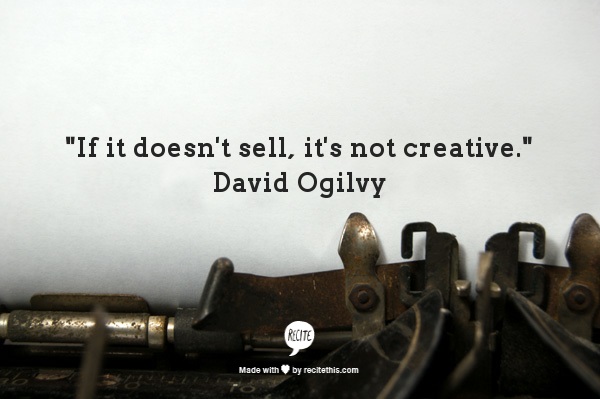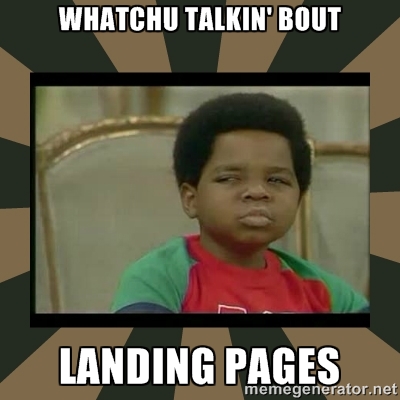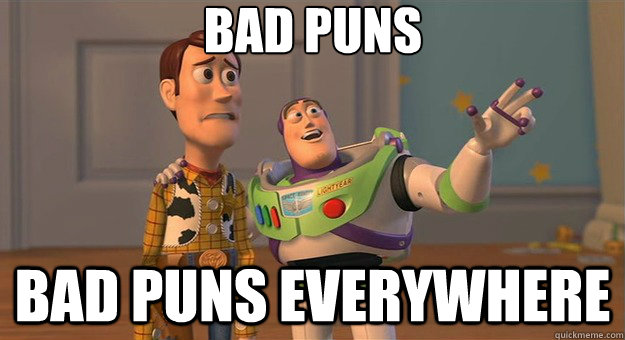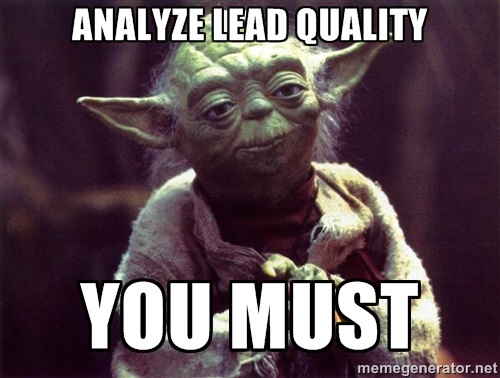
It has been a good quarter of a century since the father of advertising said it first, but it still holds true.
Sometimes, when you go by the book, follow the research, and devise straightforward campaigns, you run the risk of being labeled uncreative. However, what most advertisers forget is the foremost objective of advertising – to get a good ROI for dollars you spend in running the ad.
So, you may create the best-looking campaigns, with the most interesting copy, but if all it does is drain out the money from your (or our clients’) pocket, you are doing something wrong.
Facebook marketing mistakes that we learned from
Quite a while ago, we ran a Facebook ad campaign that brought us no business, and cost us a (small) fortune. It wasn’t one mistake that we made, but an aggregate of many. We have since mastered the art of running highly targeted campaigns, that get us relevant business leads, but we learnt the lesson the hard way (or the marketers’ way, if you will). I will tell you what it was that we did wrong.
Before that, let us see what David Ogilvy thought constituted an effective advertising strategy:
1. Research the product inside out
2. Research your audience – What attributes of your product are important to them; what is the kind of lingo that they use. What promise would make them consider/buy your product?
3. Research what your competitors are doing. Chances are they have done some primary research, which would help you do some deeper one. (Don’t blindly copy what they are doing though. That way, chances are that you would copy their mistakes too. So, use your common sense and other research to counter that).
4. Make a judgement call after analyzing what you researched.
So, you can see that the bottom-line is research + judgement. Many people just take one one of these directions. They either rely only on research, without using common sense at all, or make a judgement call, with no research to back it up. Both can lead to severe marketing mistakes and failed campaigns as a result.
This is where the first Facebook marketing mistake for this campaign was made:
1. Insufficient target audience research
Even though we knew the persona of the audience we wanted to target, we had not delved deeper into what kind of lingo they used, and how deep their understanding of our product was. This paved way for many other mistakes.
So, we ran the ad, by highlighting one feature of our product, landing pages, without digging deeper to find out whether or not our target audience understood the concept of landing pages.
Because of this, we probably missed the notice of audience relevant to us, who did not completely understand what landing pages could help them achieve.

We could perhaps have avoided the Gary Coleman look from our audiences by explaining a bit more clearly what landing pages could help them achieve.
2. Highlighting a feature not a benefit
The second mistake stemmed from the first one. We focused the ad around Landing Pages, and not the benefit that Landing Pages would give the users, i.e. to allow them to capture their business leads from all the marketing campaigns.
In the ad copy, we had also just emphasized on the fact that the users would be able to create landing pages in 5 minutes. What these landing pages did, we took for granted that people knew.
Even on our lead capture page, there was no mention of benefits that people can get using these landing pages. Therefore, once again we failed to entice people who needed what we offered, only because the benefit was not clear.
3. Ambiguity in Ad Image, Copy and Landing Page
Red herring or even unintentional ambiguity in online advertising might get you the curiosity of audience and thus traffic, but it would result in lower relevant conversions more often than not.
The third mistake was the choice of ad image (which was very ambiguous), and the words to go with it. The image we used was very intriguing, and the supporting text used some more wordplay, instead of explaining what the ad was trying to promote. We were pleased with it, but we did not notice at the time that the message was not clear enough.
Therefore, we got ad clicks, and form fills from many inquisitive people, who were not relevant to us, but wanted to know what the ad was trying to promote. This means, money wasted per click!
Everyone loves really clever and punny ads. But, let’s face it, not everyone can pull off funny copy. Also, when lead generation is what small businesses are thinking of, they have to think of money that goes with each click.

4. No Lead Quality Analysis
The fourth mistake was the myopic euphoria we suffered from after doing the first level analysis of the campaign.
We saw that the ad received good number of clicks, and a very good conversion rate for an ad without any offer/free goodies for download (24% was the landing page conversion). Obviously, the cost per conversion was very low as well, which was only a few cents, compared to other campaigns, where it can go up to 1-2 dollars.
Early on, pleased with the kind of traction (at a lower cost than our other campaigns), we did not bother to dig down deeper to find the quality of leads.

However, when we did analyze the lead quality (prompted by our sales team, who were very dissatisfied with the quality of leads), the real picture wasn’t as pretty.
We analyzed all the campaigns that were running, and found that of all the campaigns, this particular one got us the most number of irrelevant leads, and the minimum number of positive leads, and (brace yourselves), no customers.
The Sales Team gave us the feedback that most of the people filled the form, just because they were ‘curious’. They did not know what the ad was trying to promote.
Lessons Learnt
This failed campaign has helped us avoid common Facebook marketing mistakes in all the future campaigns (at least the same ones). These are the lessons that we learnt.
1. Use common sense with creativity
It is good to be creative with your ads, but add some common sense as well. Try to drive traffic that’s relevant (especially, when each click counts). Try to get those people to click on your ads who know what they are doing.
2. Being ambiguous just does not work in pay per click advertising
Especially on Facebook. On Google Adwords, at least the ad is served to people who are looking for a related keyword (that triggers the ad). On the other hand, on Facebook, the ad gets served to people based on the different targeting options that you choose. They might not be necessarily looking for what you are trying to sell.
So, you have to be careful with what you show to click-crazy Facebook users, otherwise you might end up just wasting clicks. (Google Display Ads are also similar to Facebook Ads in this respect, which means that they are not essentially looking for whatever it is that your ad is promoting, so be careful while designing the images for Google Display network as well.)
3. Analyze your campaigns periodically to identify if money is well spent
Marketers stuck up on superficial numbers, might advise you to run ads that would drive more clicks; they don’t bother about the quality of leads. This approach can really suck the dollars out of your advertising money, without getting you the results you would want.
Yes, this is what is great about marketing – you experiment, you fail and then you learn. But, I am writing this post hoping you would be spared from learning this particular lesson the hard way.
So, it’s your turn. Tell us of the Facebook marketing mistakes that you have made, or any other marketing lesson you learnt the hard way.
Add custom tabs on your Facebook pages that link to LeadSquared’s landing pages here.








